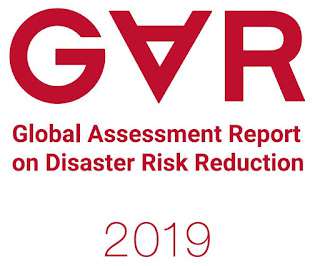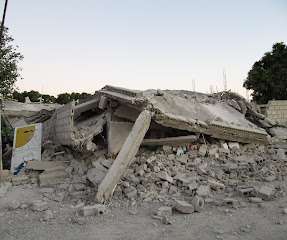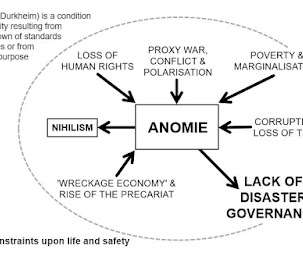Community Resilience or Community Dystopia in Disaster Risk Reduction?
Emergency Planning
FEBRUARY 6, 2020
In disaster risk reduction circles, there is an almost desperate reliance on 'community' and a strong growth in studies and plans to "involve the community" in facing up to risks and impacts (Berkes and Ross 2013). Rioting and looting occurred in London in 2011 and in Concepcion, Chile, after the 2010 earthquake and tsunami.













Let's personalize your content